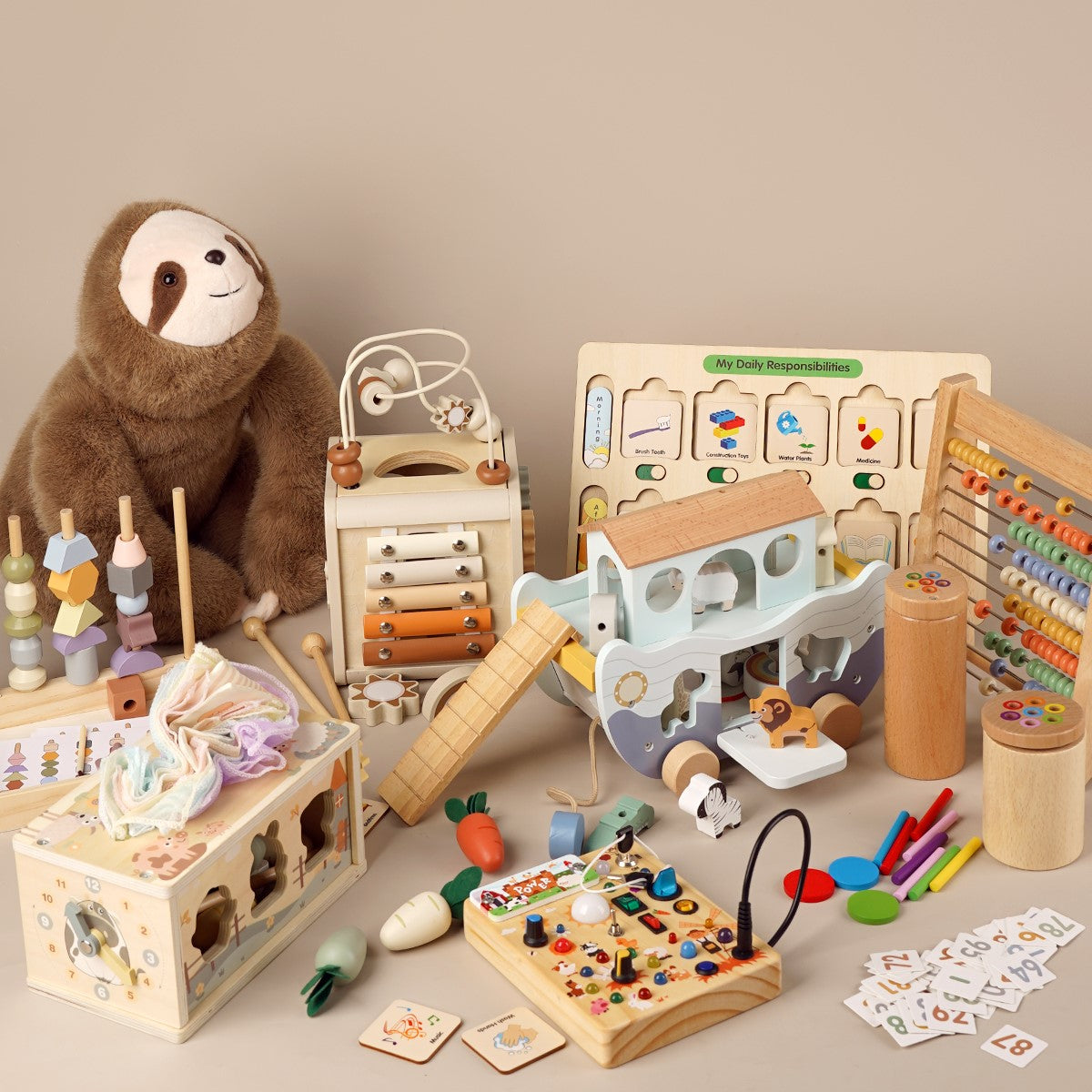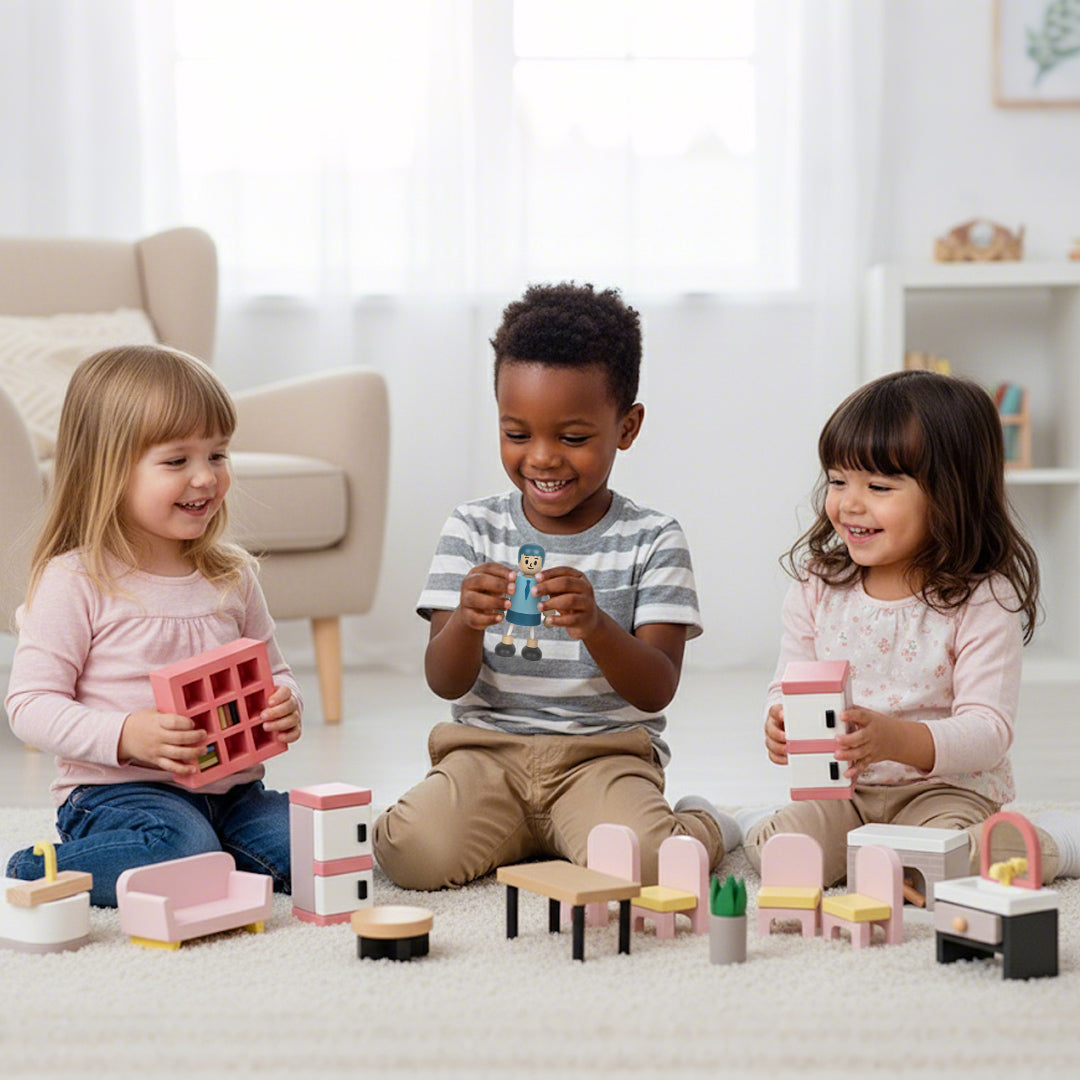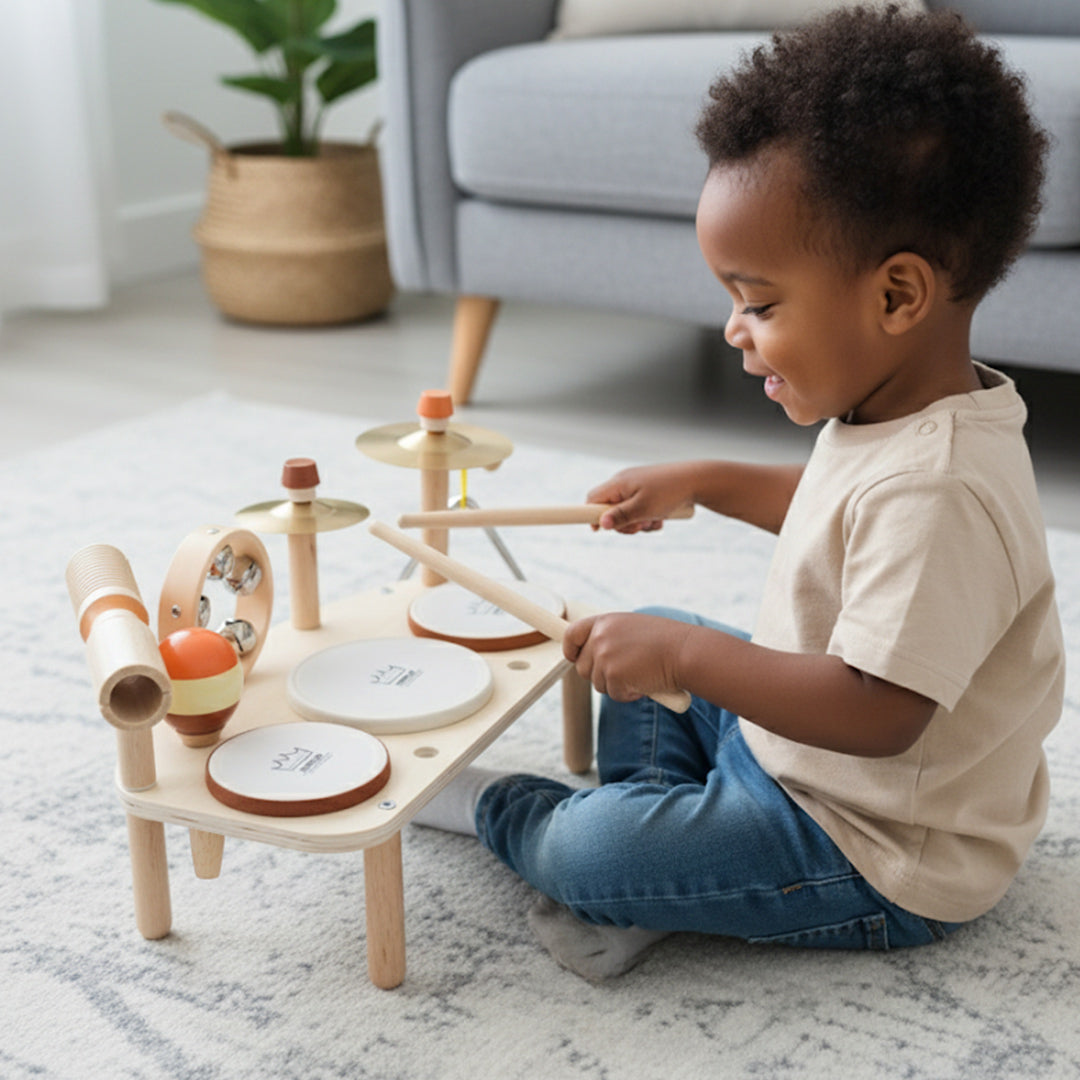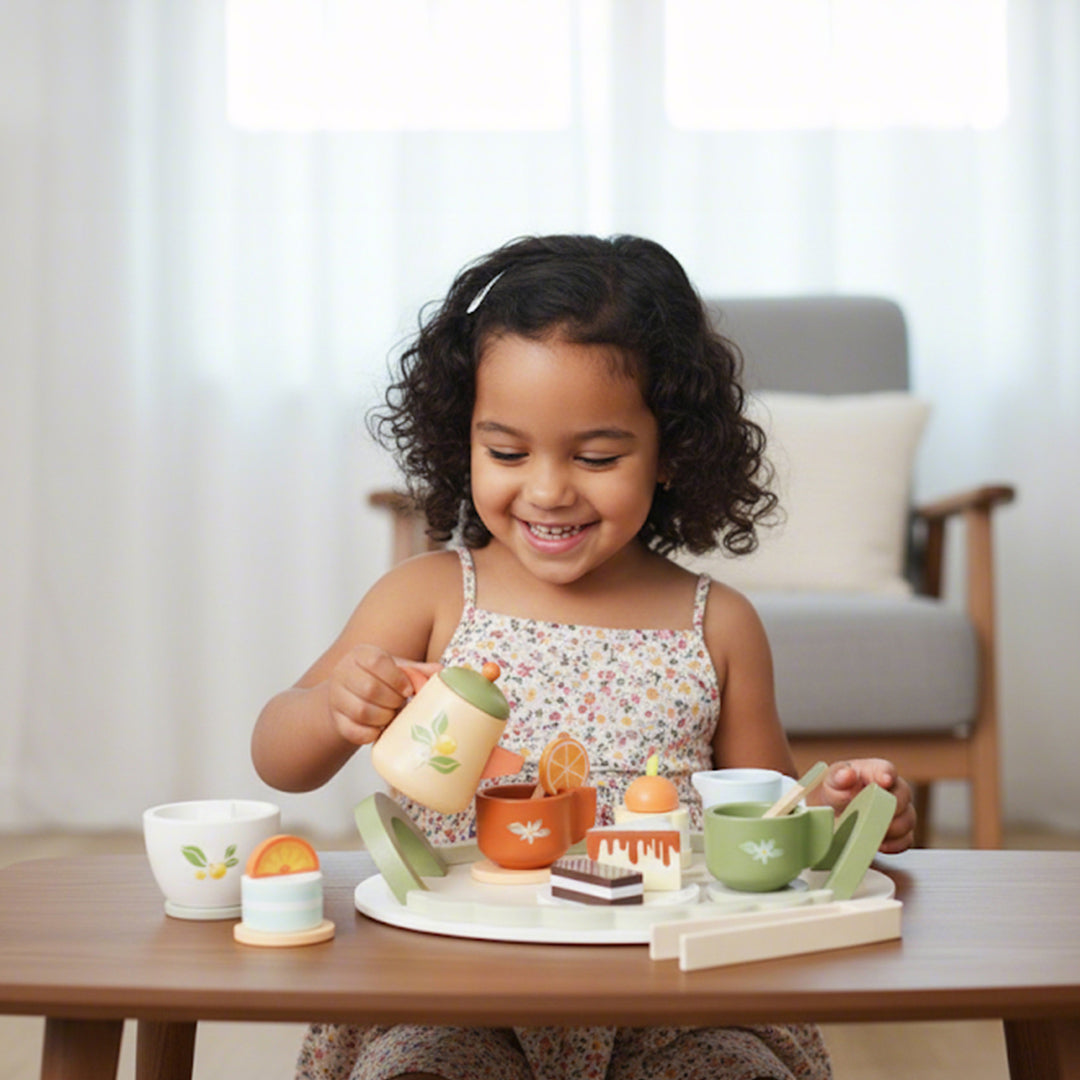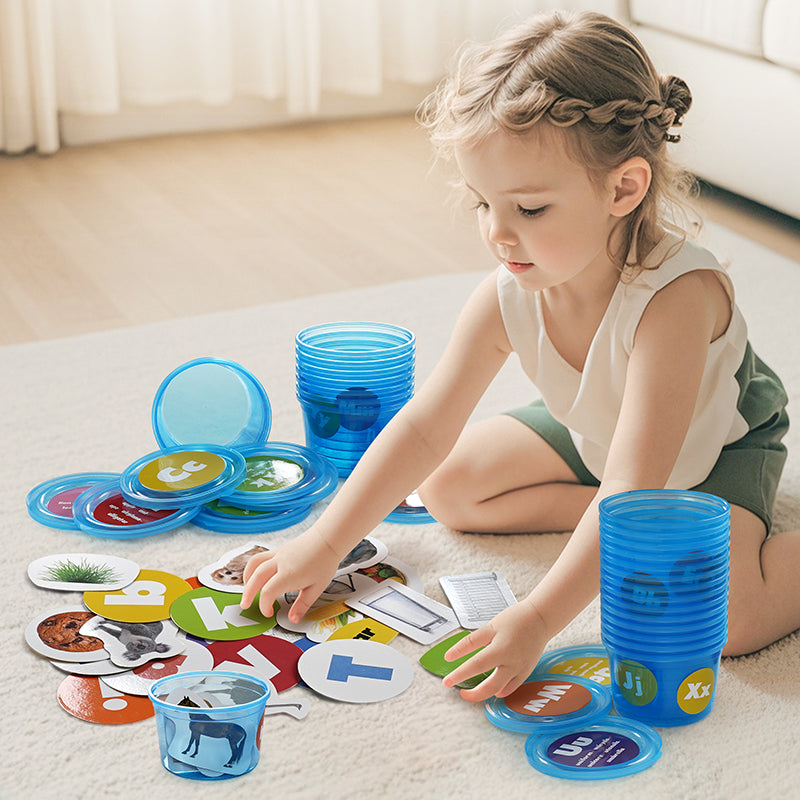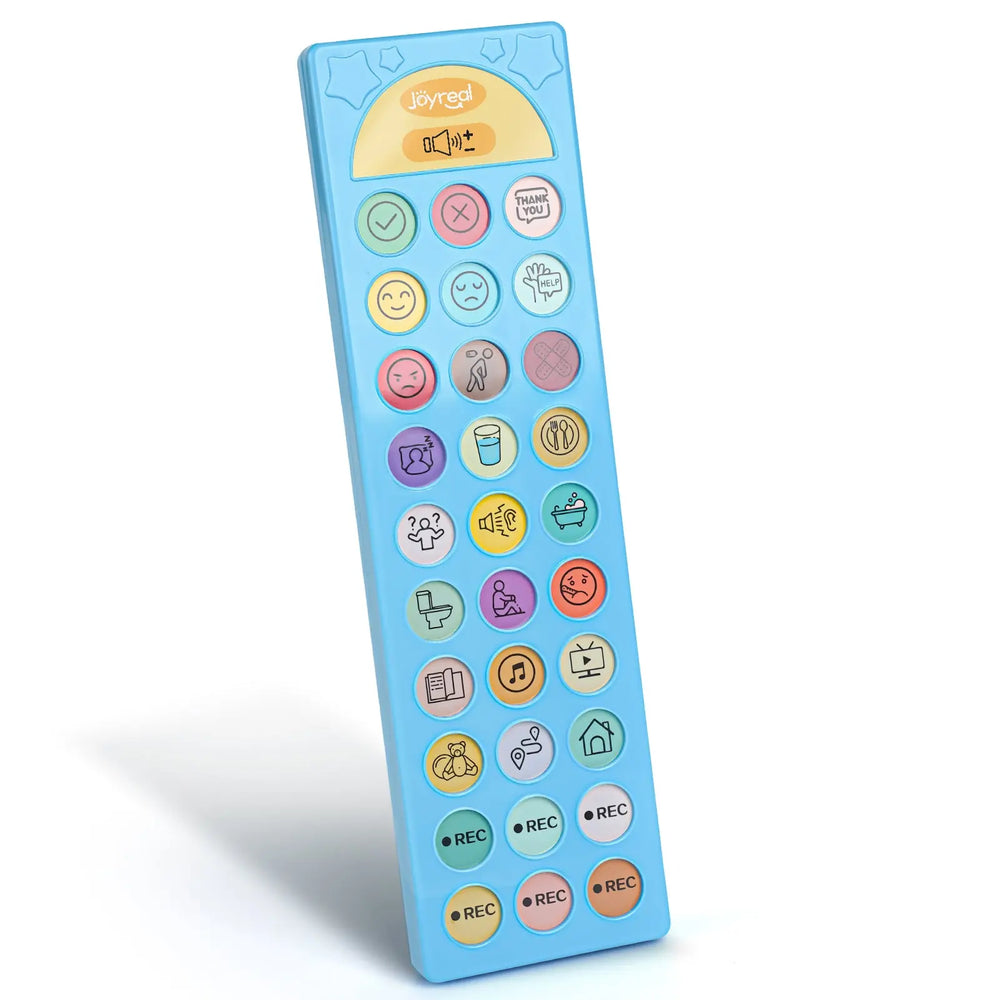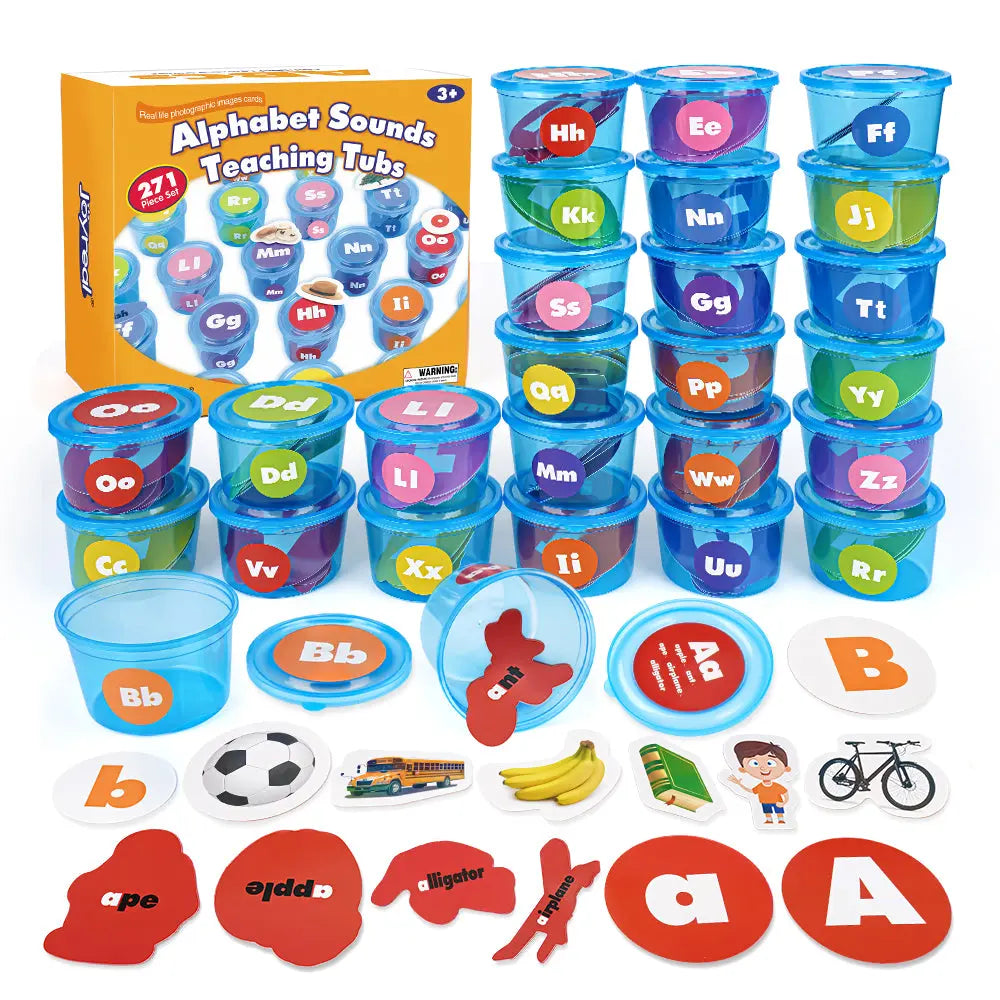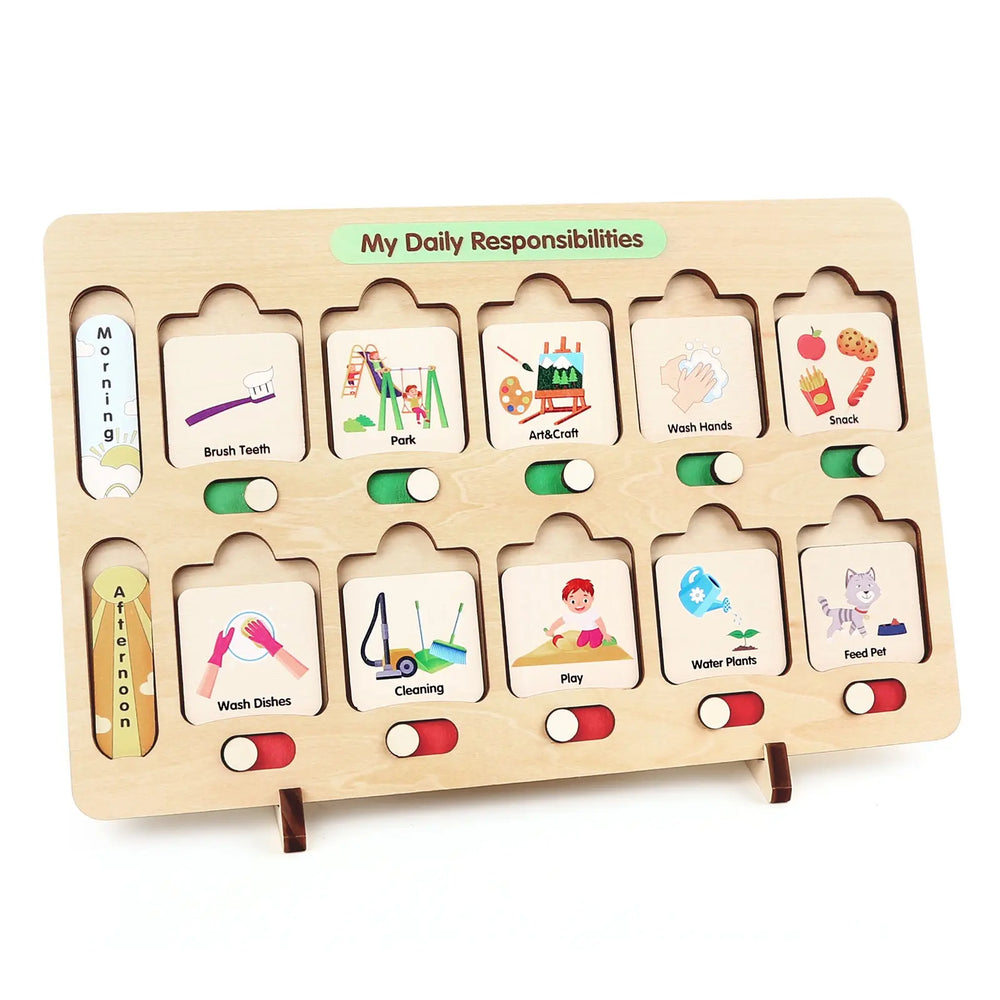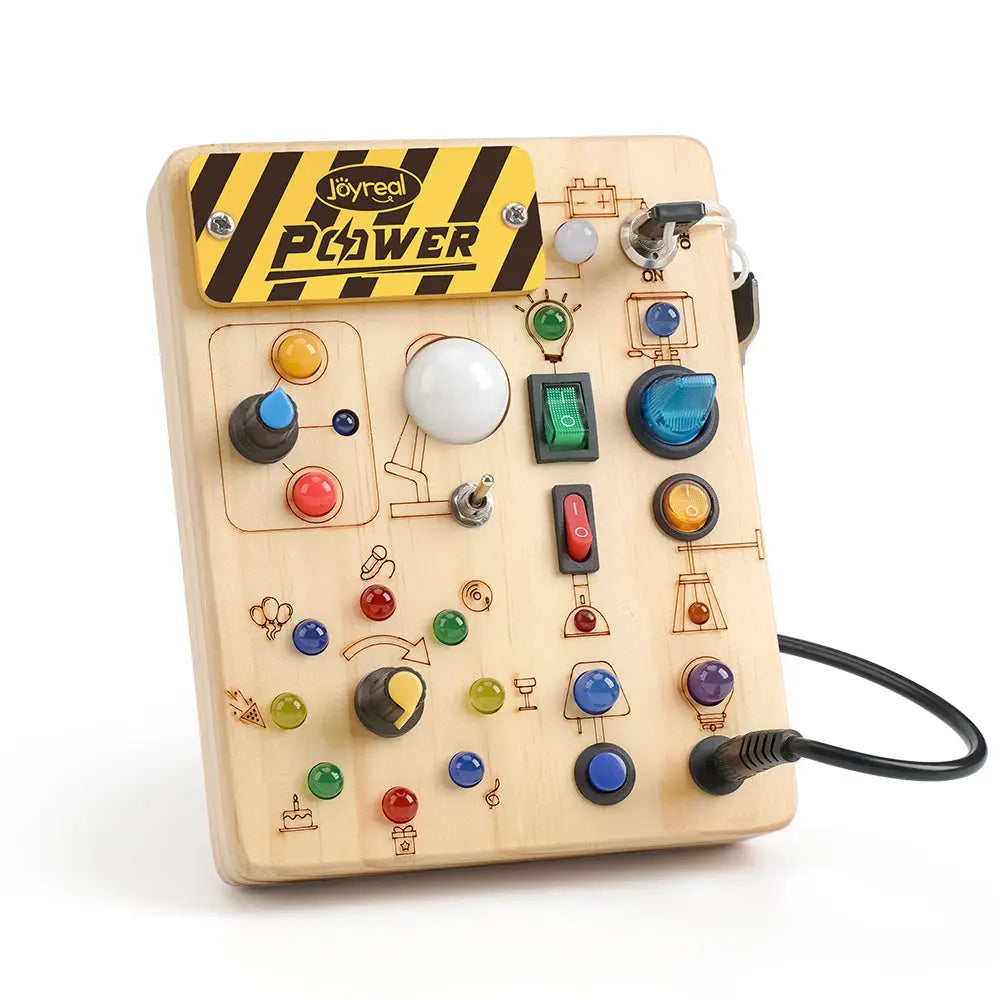How to Support Communication at Home for a Nonverbal Autistic Child
For nonverbal autistic children, communication happens in many ways beyond spoken words. As a parent or caregiver, you can create a supportive home environment that helps your child express their needs, emotions, and thoughts effectively—without pressure or frustration. Here’s how to encourage meaningful connection every day.
1. Understanding Nonverbal Autism
Nonverbal autism means a child does not use spoken language as their main form of communication. However, this does not mean they cannot communicate at all. Many nonverbal autistic children use alternative methods such as:
- Gestures (pointing, nodding, hand-leading)
- Picture Exchange Communication System (PECS)
- Sign language
- Augmentative and Alternative Communication (AAC) devices
- Body language and facial expressions
Recognizing and validating these forms of communication is the first step in supporting your child.
Learn Their Unique Communication Style
Every child has their own way of expressing themselves. Pay attention to:
- Body language – Pointing, leading you by the hand, or pushing objects away.
- Vocalizations – Humming, squealing, or repeating sounds with meaning.
- Facial expressions – Smiles, frowns, or widened eyes that signal emotions.
- Behavior as communication – Meltdowns may mean overwhelm; stimming (hand-flapping, rocking) could indicate joy or anxiety.
Tip: Keep a journal to track patterns in their sounds, gestures, and reactions.
2. Introduce Alternative Communication Tools
Since speech isn’t the only way to communicate, explore these methods:
- Picture Exchange (PECS)
- Use cards or a board with images of common needs (food, toys, bathroom).
- Encourage your child to hand you a picture to request something.
- Sign Language or Gestures
- Teach simple signs like "more," "eat," or "help."
- Use consistent gestures (e.g., tapping your mouth for "hungry").
Recommended: Joyreal AAC – A Fun & Effective Communication Tool for Nonverbal Kids
-
Multi-Sensory Learning (Auditory + Visual Stimulation)
Joyreal acc communication device uses sound buttons with visual cues to reinforce learning. Children can press buttons to hear words like "eat," "more," or "help," helping them associate sounds with meanings—enhancing both speech comprehension and expression.
-
Voice Recording Feature for Personalized Learning
Parents and therapists can record custom phrases in their own (or the child’s) voice, making the learning process more relatable. For example:
- Record "I want juice" for snack time.
- Teach "I need help" for problem-solving.
This feature allows children to learn step-by-step while hearing familiar voices.
-
Replaces PECS Cards & Simplifies Communication
Instead of carrying around picture exchange cards (PECS) or relying solely on sign language, Joyreal’s portable and easy-to-use buttons provide instant auditory feedback, saving time and reducing frustration.
How to Use Joyreal AAC at Home
- Start with Basic Needs – Record essential words like "hungry," "thirsty," or "bathroom."
- Incorporate Playtime – Use the device during games to teach words like "more," "stop," or "my turn."
- Encourage Imitation – Let the child hear their own voice by recording simple phrases.
- Gradually Expand Vocabulary – Add new words weekly to build communication skills.

3. Create a Communication-Friendly Environment
Reduce frustration by making your home supportive of their needs:
- Use visual schedules – A picture-based routine helps them anticipate what’s next.
- Label common items – Place picture labels on drawers, toys, or snacks.
- Minimize sensory overload – Dim lights, reduce background noise, or offer noise-canceling headphones if needed.
- Give wait time – After asking a question or giving an instruction, pause for 10+ seconds so they can process and respond.
Recommended: Joyreal’s Wooden Visual Schedule For Kids
The Joyreal Montessori Visual Schedule for Kids is a thoughtfully designed tool aimed at helping children with autism or ADHD gain independence, develop routines, and enhance executive functioning skills.
✅ Complete & Customizable Routine Kit
- Includes 75 chore & routine cards (morning, afternoon, evening)
- Wooden base board + storage box & bag for easy organization
- Versatile for home, school, or therapy use
✅ Durable & Child-Safe Design
- Made from non-toxic, sturdy wood—safe for toddlers and kids
- Large board (11.8" x 9.8") with easy-to-handle cards (2" x 2")
- Built to last through daily use
✅ Builds Essential Life Skills
- Time management – Helps kids understand daily routines
- Independence – Encourages self-care tasks (brushing teeth, getting dressed)
- Confidence & teamwork – Kids feel accomplished checking off tasks
✅ Perfect for Autism & Speech Delays
- Visual supports reduce frustration & meltdowns
Encourages communication (pointing, matching tasks)
Great for speech therapy & ABA sessions
The visual schedule transforms daily activities into engaging, play-based routines, promoting better focus on life skills like morning checklists, chore charts, and homework tracking.
4. Encourage Interaction Through Play & Daily Activities
Make communication fun and natural:
- 🎯 Imitate their sounds/actions – If they bang a toy, do it too—this builds back-and-forth interaction.
- 🎯 Offer choices – Hold up two snacks and ask, "Do you want apple or banana?" (Even if they point instead of speaking, they’re communicating!)
- 🎯 Narrate your day – Say simple phrases like, "Time for bath!" or "You’re stacking blocks!" to expose them to language.
Empowering Nonverbal Autistic Children: A Holistic Approach
Supporting a nonverbal autistic child requires patience, creativity, and a multifaceted approach that addresses both communication and overall wellbeing.
For communication, visual aids, AAC tools, and responsive interactions help bridge the gap, allowing your child to express themselves and feel understood. Remember—connection goes beyond words.
When it comes to health, special attention is needed for their unique challenges:
- Navigating food sensitivities and rigid eating habits
- Incorporating physical activity to boost motor skills and mood
- Managing sleep disruptions with consistent routines
- Staying vigilant about healthcare needs, since pain may go unspoken
By focusing on these key areas—communication, nutrition, exercise, sleep, and medical care—you can create a supportive environment where your child thrives. Small, consistent steps lead to meaningful progress!

Maybe it will be helpful for you:
Recent Post

What Finally Helped My Toddler Speak Up?
If you’re a toddler mom, you already know how much emotional weight...

Joyreal Christmas Toys Deals 2025
Enjoy instant savings across nearly every category, from early lear...

How Wooden Montessori Toys Support a Sustainable Childhood
Most parents don’t say it out loud, but many feel the same quiet fr...

Top Christmas Gifts to Help Kids Communicate Better This Holiday Season
The holiday season brings joy, family bonding, and endless opportun...

How to Make DIY Printable Communication Boards
Communication is at the heart of every child’s development — and fo...

Top 5 Christmas Gifts That Bring Families Closer (2025 Guide)
Christmas isn’t just about the gifts — it’s about the moments we c...

Top Musical Christmas Gifts for Toddlers & Preschoolers 2025
Why Musical Gifts Are Perfect for Toddlers and Preschoolers Music h...

Joyreal AAC Devices Wholesale Partner
In today’s educational and therapeutic environments, speech therapi...

Joyreal AAC Device – Big Sale for Autism & Speech
Every Voice Deserves to Be Heard Imagine your child looking up at y...

How to Choose Safe & Educational Toys for Christmas 2025
When “Just a Toy” Means So Much More If you’re a parent, you know t...
